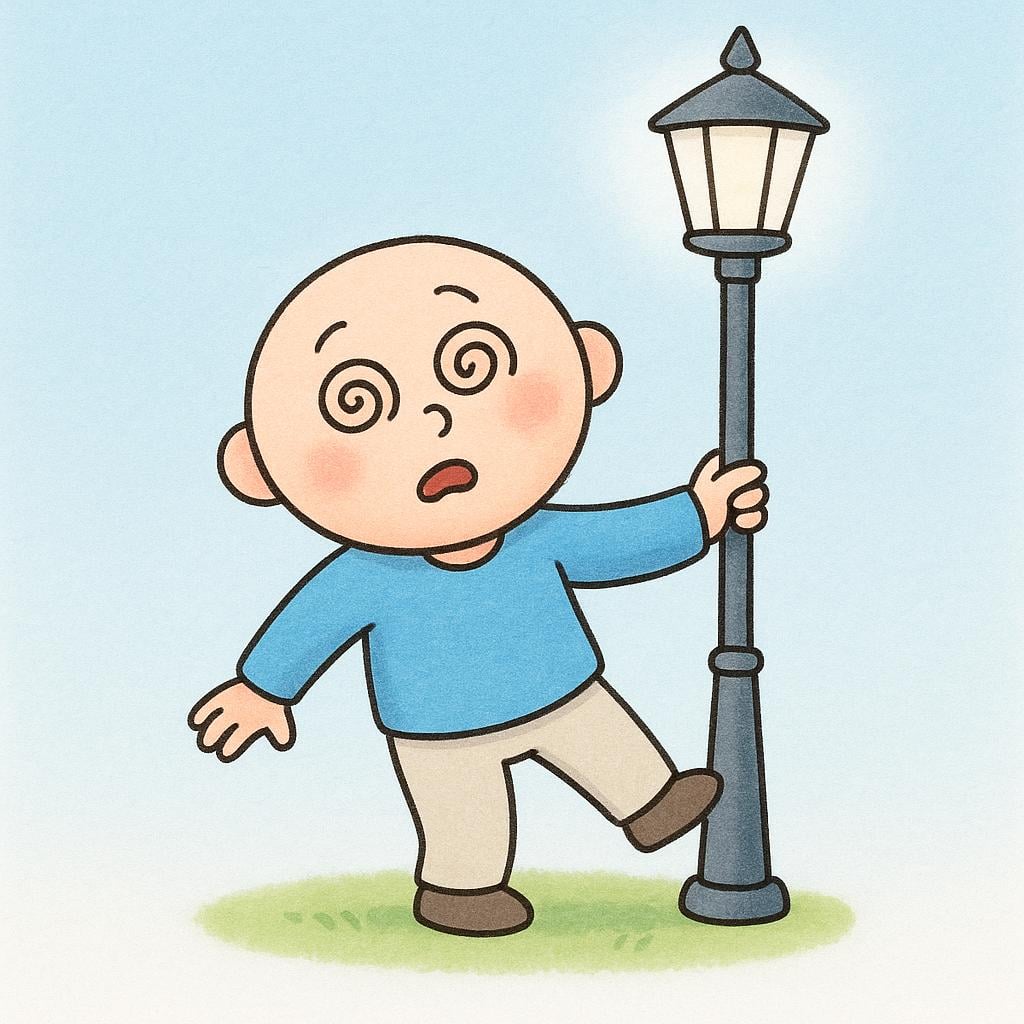tomado
/toh-MAH-doh/
taken

When used as a past participle, tomado means 'taken'.
tomado(Verb (Past Participle))
taken
?used with 'haber' to form perfect tenses
,drunk / consumed
?referring to liquids or food
grabbed
?physically holding something
,adopted / chosen
?decision or stance
📝 In Action
Hemos tomado muchas fotos en el viaje.
A1We have taken many photos on the trip.
Ella había tomado la decisión de irse.
B1She had taken the decision to leave.
¿Ya has tomado el café?
A2Have you drunk the coffee yet?
💡 Grammar Points
Partnering with 'Haber'
Use 'tomado' with a form of the verb 'haber' (like 'he', 'has', 'ha') to talk about actions completed in the past, similar to using 'have' or 'had' in English.
Always Unchanging
When 'tomado' teams up with 'haber', it never changes its ending, regardless of who did the action or how many people there are. (e.g., 'Hemos tomado', 'Ella ha tomado').
❌ Common Pitfalls
Misusing 'Ser' or 'Estar'
Mistake: "Hemos *está* tomado la foto."
Correction: Hemos *tomado* la foto. (The helping verb must be 'haber' for completed actions.)
⭐ Usage Tips
Perfect Tense Shortcut
The 'ado' ending is the most common way to form the past participle for -ar verbs, making 'tomado' a very regular and reliable form to memorize.

If a place is tomado, it means it is occupied, like a seat or a table.
tomado(Adjective)
occupied
?a seat, table, or position
,taken
?having been secured or captured
stuffy / congested
?a blocked nose (referring to 'nariz tomada')
📝 In Action
¿Esa silla está tomada?
A2Is that chair taken/occupied?
La fortaleza fue tomada después de tres días de asedio.
B2The fortress was captured after three days of siege.
Tengo la nariz tomada por la alergia.
B1My nose is blocked/congested because of the allergy.
💡 Grammar Points
Agreement is Key
When used as an adjective, 'tomado' MUST match the thing it describes in both gender and number: 'la mesa tomada' (f. singular) or 'los asientos tomados' (m. plural).
Used with 'Estar'
This adjective usually pairs with the verb 'estar' (to be) to describe the current state of something: 'El ascensor está tomado' (The elevator is busy/occupied).
❌ Common Pitfalls
Forgetting Feminine Form
Mistake: "La mesa está *tomado*."
Correction: La mesa está *tomada*. (The noun 'mesa' is feminine, so the adjective must end in 'a'.)

As an adjective, tomado can mean intoxicated or 'drunk'.
📝 In Action
Creo que ya está un poco tomado, no debería conducir.
B2I think he is a bit drunk now; he shouldn't drive.
Todos terminaron la fiesta un poco tomados.
B2Everyone finished the party a little tipsy.
💡 Grammar Points
The Slang Connection
This informal meaning is an extension of the primary meaning 'consumed' or 'drunk' (referring to alcohol). Use this adjective with 'estar' to describe someone's current state.
✏️ Quick Practice
💡 Quick Quiz: tomado
Question 1 of 1
Which sentence uses 'tomado' to describe a *state* rather than part of a *completed action*?
📚 More Resources
Frequently Asked Questions
When does 'tomado' change its ending (e.g., to 'tomada' or 'tomados')?
'Tomado' only changes its ending when it acts as a standalone adjective (like 'occupied' or 'captured'), usually after the verbs 'ser' or 'estar'. If it is part of a perfect tense with 'haber' (like 'He tomado'), it always stays 'tomado'.
Does 'tomado' always mean 'taken'?
No. Because the verb 'tomar' can mean 'to take,' 'to drink,' 'to grab,' or 'to adopt a decision,' 'tomado' carries all these meanings. Context is key! For example, 'he tomado agua' means 'I have drunk water'.